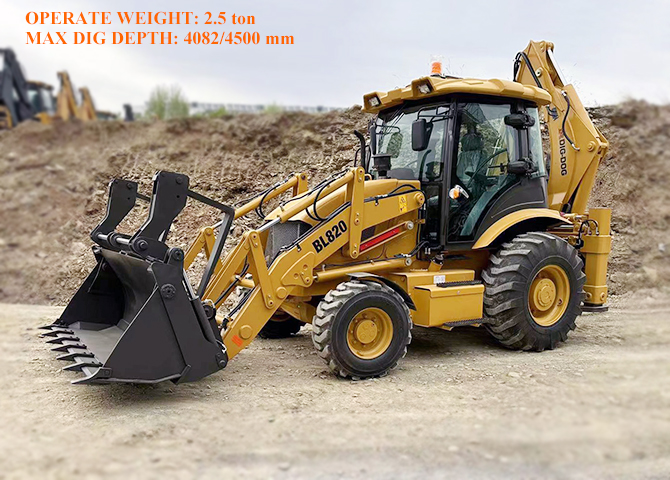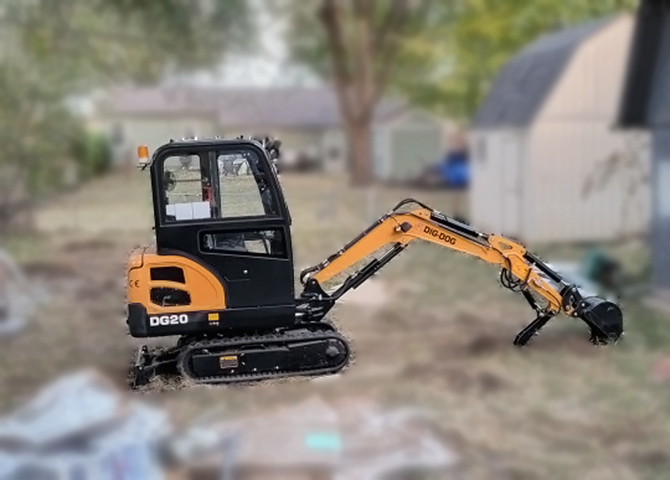If you are importing products from China, there are five basic steps you should take to maximize your likelihood of getting the right product and the right quality. Defective or dangerous products will almost never be returned to China, and your supplier is unlikely to redo them for you "free". Take these five steps to save you time and money.

1. Find the right supplier.
Many importers find good samples at trade shows, get good quotes from companies believed to have made them, and then think their supplier search is over. Choosing your supplier this way is risky. Online directories (such as Alibaba) and trade shows are just a starting point. Suppliers pay to be listed or exhibited, and they are not rigorously screened.
If your contact claims to own a factory, you can verify the claim by running a background check on his company. Then you should visit the factory or order a capacity audit (about $1000). Try to find some customers and call them. Make sure the factory is familiar with your market regulations and standards.
If your order is small, it is usually best to avoid very large manufacturers as they may quote a higher price and not care about your order. However, smaller plants often require closer monitoring, especially during the first production run. Forewarned: showing a good plant and then subcontracting production to a smaller plant is very common and the source of many quality problems. Your contract with a supplier should prohibit subcontracting.
2. Clearly define your desired product.
Some buyers will approve pre-production samples and proforma invoices and then wire the deposit. That's not enough. What about safety standards in your country? What about the label of your product? Is the packing strong enough to protect your cargo during transit?
These are just some of the many things you and your supplier should agree on in writing before money changes hands.
I recently worked with an American importer who told his Chinese supplier, "The quality standards should be the same as your other American customers." Of course, when the American importer started having problems, the Chinese supplier responded, "Our other American customers have never complained, so it's not a problem."
The key is to write your product expectations into a detailed specification sheet that leaves no room for interpretation. Your methods for measuring and testing these specifications, as well as tolerances, should also be included in this document. If the specifications are not met, your contract should specify the amount of penalty.
If you are developing a new product with a Chinese manufacturer, you should make sure to document the characteristics of the product and the production process, as you cannot rely on your supplier to give you this information if you later choose to transfer to another factory.
3. Negotiate reasonable payment terms.
The most common method of payment is bank transfer. Standard terms are 30% down payment before purchasing components and the remaining 70% is paid after the supplier faxes the bill of lading to the importer. If molds or special tools are required during development, it can become more complex.
Suppliers who insist on better terms are usually trying to rip you off. I recently worked with a buyer who was so confident he would receive a good product that he paid full price before making it. Needless to say, the delivery was late. Besides, there were some quality problems.
He had no means to take appropriate corrective action.
Another common method of payment is irrevocable letter of credit. Most serious exporters will accept l/C if you stipulate reasonable terms.
You can send the draft to your supplier for approval before your bank officially "opens" the credit. Bank fees are higher than wire transfers, but you'll be better protected. I suggest using l/C for new suppliers or large orders.
4. Control the quality of your products in the factory.
How do you ensure that your suppliers meet your product specifications? You can go to the factory yourself for supervision, or appoint a third-party inspection company to manage the process for you (third-party quality control companies cost less than $300 for most shipments).
The most common type of quality control is the final random inspection of a statistically valid sample. This statistically valid sample gives professional inspectors enough speed and cost to effectively draw conclusions about the entire production run.
In some cases, quality control should also be carried out earlier in order to detect problems before all production is completed. In this case, the inspection should be done before the components are embedded in the final product or just after the first finished product is rolled off the production line. In these cases, some samples can be taken and sent for laboratory testing.
To take full advantage of QC inspection, you should first define the product specification sheet (see section 2 above), which then becomes the inspector's checklist. Second, your payment (see section 3 above) should be tied to quality approval. If you pay by wire transfer, you should not wire the balance until your product has passed final inspection. If you pay by l/C, the documents required by your bank should include a quality control certificate issued by your nominated QC company.
5. Formalize the previous steps.
Most importers are unaware of two facts. First, an importer can Sue a Chinese supplier, but it only makes sense to do so in China - unless the supplier has assets in another country. Second, your purchase order will help your supplier's defense; They almost certainly won't help you.
To reduce the risk, you should purchase your product under an OEM agreement (preferably in Chinese). This contract will reduce your chances of problems and give you more leverage when they do occur.
My final piece of advice is to make sure you have the whole system in place before you start negotiating with potential suppliers. This will show them that you are a professional importer and they will respect you for it. They are more likely to agree to your request because they know you can easily find another supplier. Perhaps most importantly, if you start rushing to put the system in place after you've already placed an order, it becomes more difficult and inefficient.
If you have any unclear questions, please feel free to contact our business manager, they will give you detailed answers, I wish we have a good cooperation.
 How To Choose The Right Compact Wheel Loader
How To Choose The Right Compact Wheel Loader
 How Much Does a Forklift Weigh?
How Much Does a Forklift Weigh?
 How Much Does a Backhoe Weigh
How Much Does a Backhoe Weigh
 How Much Does a Mini Excavator Weigh
How Much Does a Mini Excavator Weigh